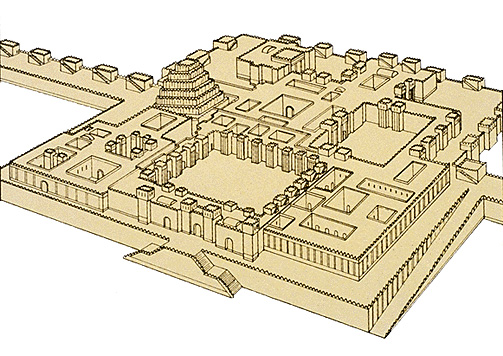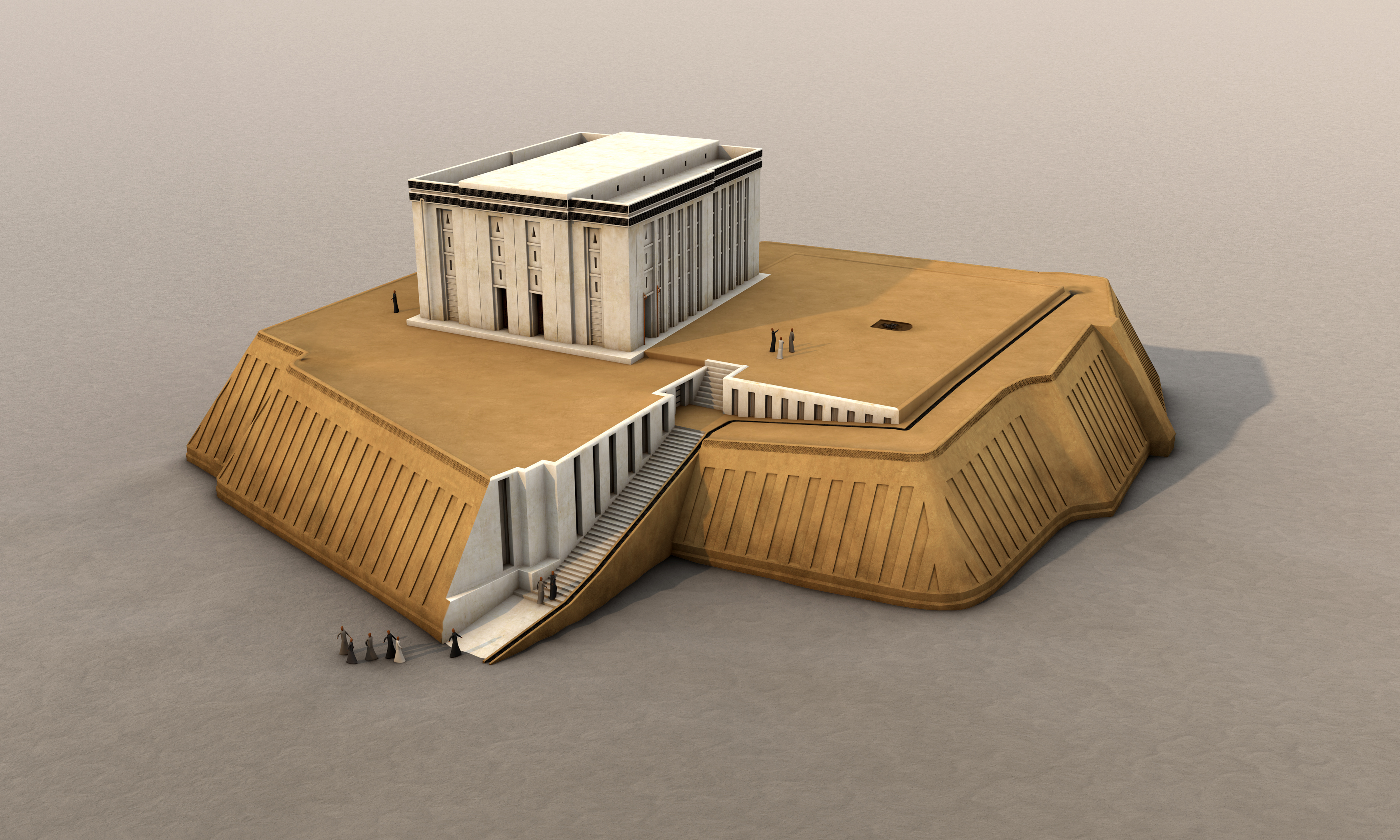Ziggurat was a stepped, pyramid-shaped structure first built in Sumer in southern Mesopotamia (now southeastern Iraq). Archaeologists have identified about 25 ziggurats, all located in Sumer, Babylonia (now southern Iraq), Assyria (now northern Iraq), and Elam (now western Iran). Most of them date from about 2200 to 500 B.C.

A ziggurat was part of a temple complex that was built in the center of a city and served as the heart of religious life. Probably only priests were allowed to enter a ziggurat. They climbed a staircase or ramp on the outside of the structure to the top, where a temple or shrine probably stood.

Ziggurats had as many as seven levels. Their exteriors possibly were decorated with paint and with elaborate patterns of colored and plain bricks. The impressive structures both glorified the gods and symbolized the power and wealth of the area’s rulers. In addition, ziggurats were believed to be bridges between heaven and earth, where human beings could meet with their gods.
Ziggurats were built with sun-dried bricks, which are not highly durable materials. As a result, no complete example of a ziggurat survives today, though some ruins still stand.
A famous ziggurat was built in Ur, an ancient city in Sumer, which later became part of Babylonia. Built around 2050 B.C., it was dedicated to Nanna, the god of the moon and the patron deity of Ur. The structure stood perhaps 70 feet (20 meters) above ground level. It would have been the highest point in the city and visible for miles.
Another famous ziggurat, known in the Bible (Gen. 11: 1-9) as the Tower of Babel, is the Etemenanki ziggurat. It stood in the city of Babylon (north of Ur). The ziggurat was destroyed and rebuilt several times. Nothing of the structure remains today.
